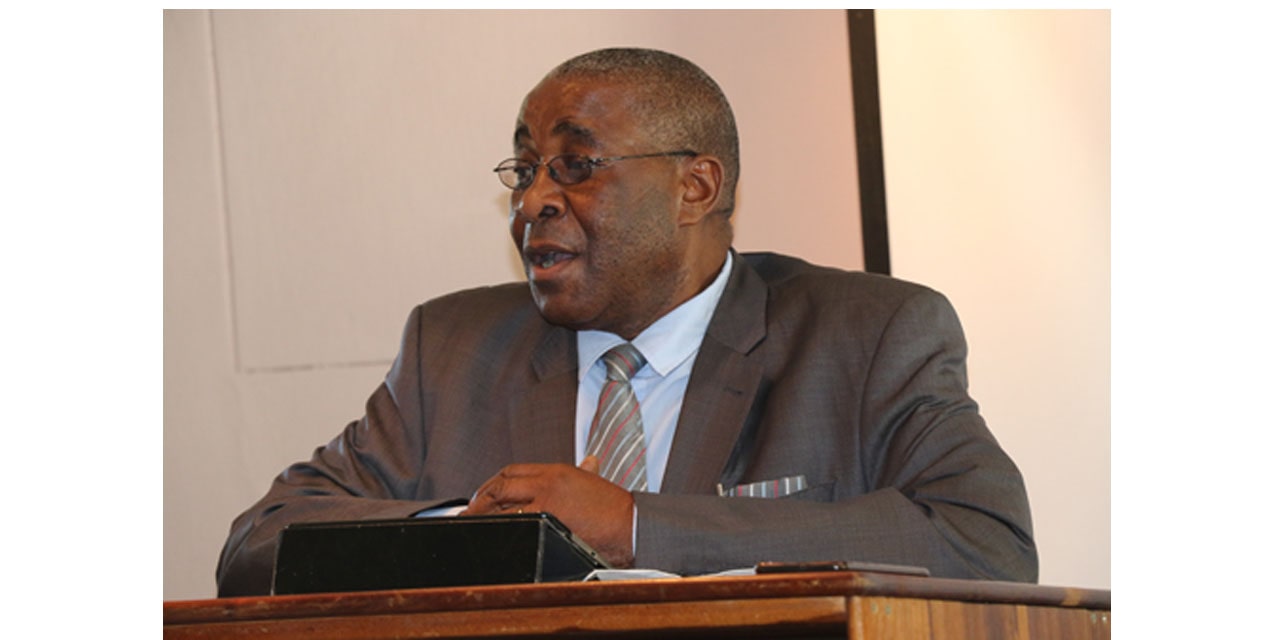Obrein Simasiku
Delays experienced in harvesting rice at the Kalimbeza Project in the Zambezi Region, has resulted in loses and poor harvest.
The loses were as a result of over ripe product and bird attacks. “Harvesting of rice was ready at the beginning of January but was delayed due to heavy rains and the combine harvester that was broken. Thus, the process only started in March resulting in a loss,” said Governor Lawrence Sampofu in his State of the Region Address (SORA) on Monday, highlighting on the highs and lows of agricultural sector in the region.
Another challenge was with one of the malfunctioning pumps which could not supply the required amount of water to the plantation.
The Kalimbeza Rice project planted a total of 79 hectares of which 59 was IRGA variety and 20 hectares of super rice during the 2021/2022 cropping season.
In terms beef and livestock markets, Sampofu said the Katima Mulilo Export Abattoir is gradually picking up momentum to serve the livestock farmers.
“The first intake took place on 7 May 2021 with the first slaughter on 8 June 2021. 732 cattle were slaughtered translating to about N$4.3 million financial injection into the region’s economy,” he added.
The governor is however disturbed by the prevalence of Foot and Mouth Disease in the region, saying it is causing bottlenecks in fully unlocking the abattoir’s potential.
Despite the concerns, he is satisfied with the work of the Directorate of Veterinary Services which has an annual preparedness programs.
“Restriction measures are often applied to mitigate animal diseases from affecting the entire region. The operations of the quarantine and abattoir have so far resumed after the lifting of restrictions in February 2022,” he added.
On a different note, Sampofu said, the region registered 541 customary land rights, two occupational land rights and four leasehold land rights. A total of N$56 261 was collected from leaseholders for annual rentals.
Enhancing crop productivity, the region through Zambezi Horticulture Producers Association (ZAHOPA) organised indigenous farmers to achieve food security and sustainability.
ZAHOPA has divided Zambezi into four production zones namely South West, East and Central.
“Through production zones and clusters the organisation started promoting organized production by aggregating on uniform inputs like seeds to collectively take advantage of pollination and soil conditioning in order to up-scale and yield better quality crops,’’ explained Sampofu.
“I am so glad to report that small scale farmers have emerged to embrace the food basket concept. We call upon investors and private entities to avail their support in the agriculture sector as Zambezi has the potential to feed the nation” he urged.




